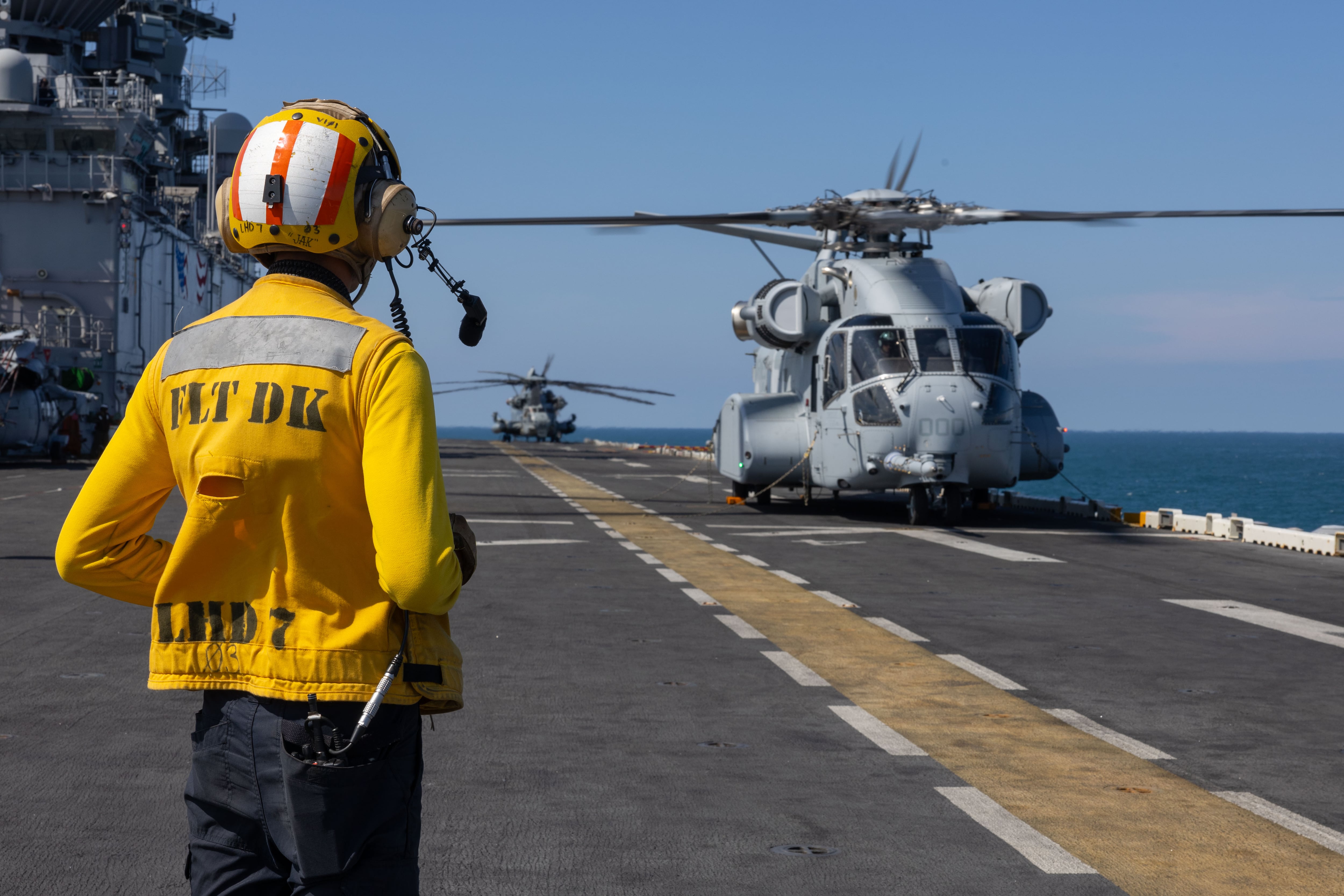The game-changer for the Army won’t be devices to test whether a soldier currently has COVID-19, but instead ones that say if the soldier has ever contracted the novel coronavirus, even if they never showed symptoms.
Having that capability could cut down on quarantine requirements for troops returning from abroad, as well as put more soldiers back on duty.
Currently, the Army only has nine labs to test for the virus, lengthening the amount of time it takes to return positive or negative results. But the service is in the process of streamlining that, and some promising testing devices have already been developed, said Army Chief of Staff Gen. James McConville during a virtual town hall Tuesday.
“Over the next couple months, we’re going to be in a much more robust position to do more testing, which is going to help us manage the force better under these conditions,” McConville said in response to questions about the two-week quarantines for troops who return from deployments and training exercises overseas.
Some of the promising devices being developed include one by the firm BioFire Diagnostics, which will go downrange and can conduct tests on-site. The Panther Fusion device also has the ability to conduct tests without requiring COVID-specific sample kits, meaning the number of tests that can be conducted will increase.
But those tests only measure whether a patient currently has the illness. McConville said he’s more interested in whether soldiers have had the virus at all.
“We may have had soldiers that already had it and had no symptoms and we won’t know,” he explained. “So there’s testing that’s coming out — not here yet — but it will show whether you’ve actually had the virus. That will help us manage risk in the force.”
Symptoms of COVID-19 differ greatly across cases, and for some people, no symptoms appear at all. Because of the lack of available testing, public health officials have warned that many people may have been infected without knowing or even while thinking they had a mild cold.
Up to 25 percent of people with the virus may never show symptoms, Centers for Disease Control director Dr. Robert Redfield has said publicly.
A test to see if you currently have the virus requires a nasal swab and looks for the the virus’ RNA within the nasal secretion sample. A test to see if you ever had the virus could require a blood sample to look for antibodies developed to fight the virus.
Part of the reason why testing is limited across the force, and also elsewhere in the United States, is because the U.S. government has prioritized sending the devices it had in its inventory to COVID-19 hotspots like New York and New Jersey, said Army Sec. Ryan McCarthy during the virtual town hall.
“There’s a tremendous amount of capability flowing into the Department of the Army over the next three weeks and we’ll have this at all of our installations in a very robust capacity across the force,” McCarthy added.
Kyle Rempfer was an editor and reporter who has covered combat operations, criminal cases, foreign military assistance and training accidents. Before entering journalism, Kyle served in U.S. Air Force Special Tactics and deployed in 2014 to Paktika Province, Afghanistan, and Baghdad, Iraq.





